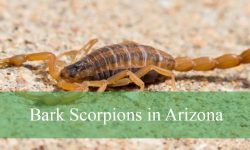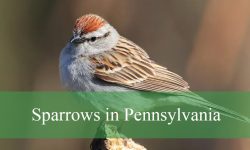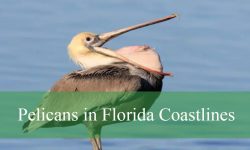Ohio’s diverse landscapes, from dense forests to suburban neighborhoods, provide an ideal habitat for many backyard bird species. The variety of trees, shrubs, and open spaces creates perfect conditions for birds to thrive and visit residential areas.
Knowing which birds commonly appear in Ohio yards can make watching them even more enjoyable. Each species has unique colors, behaviors, and songs that add charm to any outdoor space.
This guide introduces 30 of the most frequently seen backyard birds in Ohio. You’ll find helpful identification tips and interesting facts to help attract and appreciate these beautiful birds all year round.
Different Types of Backyard Birds in Ohio
Northern Cardinal (Cardinalis cardinalis)
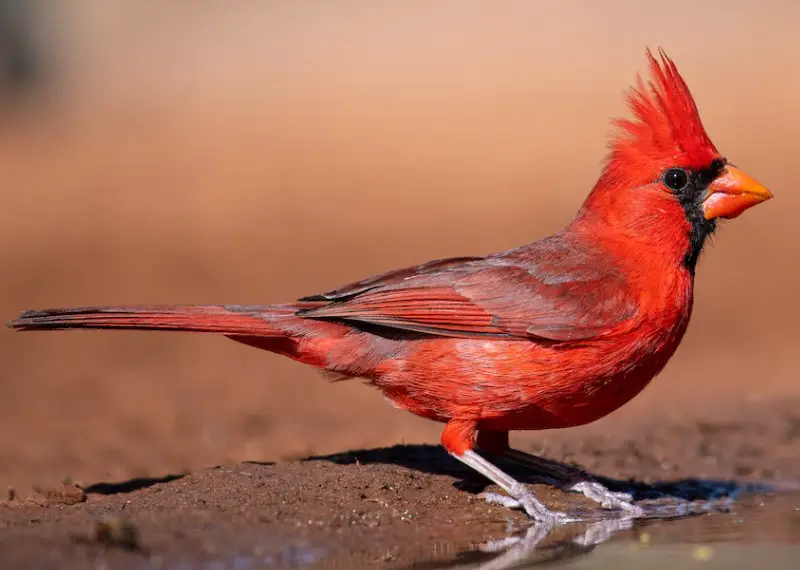
The Northern Cardinal is one of the most recognizable backyard birds in Ohio, known for its bright plumage and melodic whistles. Males are vivid red with a black mask around the beak, while females are light brown with subtle reddish highlights on the wings and tail. Both sexes have a distinct crest and a strong, cone-shaped orange bill.
This medium-sized songbird typically measures 8–9 inches (20–23 cm) in length. Cardinals are year-round residents in Ohio and are frequent visitors to bird feeders, especially those offering sunflower seeds. They are most active in the early morning and evening, often singing from tree branches to defend their territory.
Northern Cardinals are commonly found in suburban gardens, forest edges, parks, and shrubby fields across Ohio. They prefer areas with dense vegetation for nesting and can be spotted hopping on the ground or low branches while foraging for seeds and insects.
American Robin (Turdus migratorius)
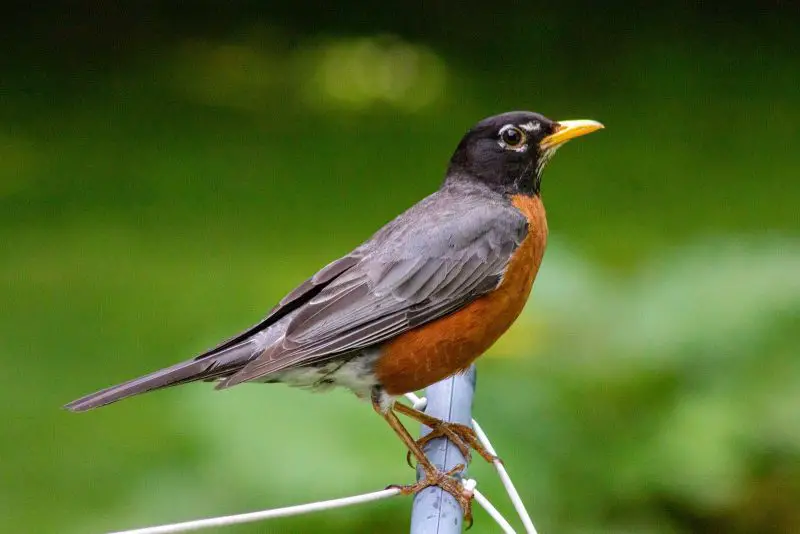
The American Robin is a familiar sight in Ohio’s backyards, especially in spring and summer when it forages on lawns for earthworms. It has a grayish-brown back, a bright reddish-orange breast, and a yellow bill. The white eye ring is another useful identification feature.
Measuring about 9–11 inches (23–28 cm), American Robins are larger than most backyard songbirds. They are diurnal and often seen hopping or running in short bursts across grassy areas. Although many migrate south in winter, some stay in Ohio, feeding on berries when insects are scarce.
This bird thrives in suburban neighborhoods, parks, and woodland edges throughout Ohio. It builds cup-shaped nests in trees or shrubs and is among the first birds to sing at dawn, signaling the arrival of spring.
Blue Jay (Cyanocitta cristata)
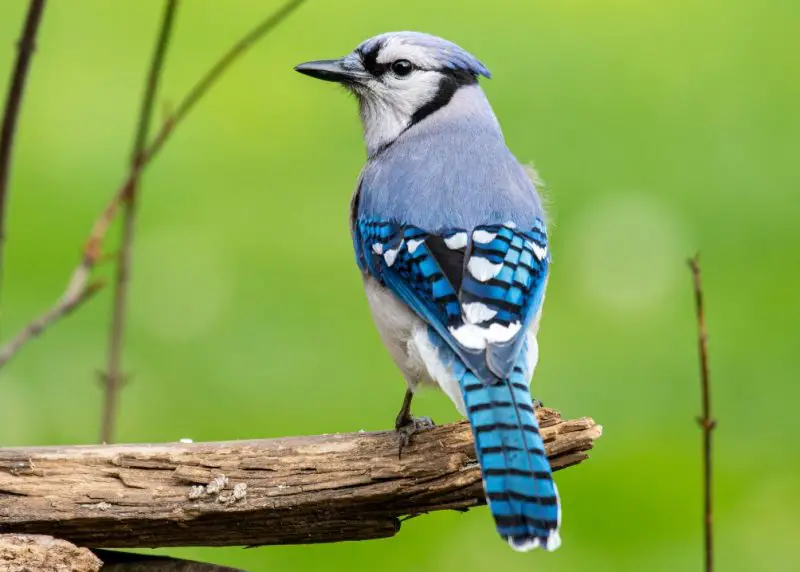
The Blue Jay is a striking and intelligent bird with blue, white, and black plumage and a noticeable crest. Its loud “jay-jay” call makes it easy to locate. Males and females look alike, both having a black necklace-like marking around the throat and face.
Blue Jays are about 9–12 inches (23–30 cm) long and are frequent visitors to backyard feeders, especially when peanuts, sunflower seeds, or suet are offered. Known for their bold behavior, they may chase smaller birds away from feeders. They are also famous for mimicking hawk calls, possibly to scare off other birds.
In Ohio, Blue Jays are year-round residents commonly found in suburban yards, oak woodlands, and city parks. They often travel in small family groups and are known to bury seeds, which helps with forest regeneration.
Mourning Dove (Zenaida macroura)
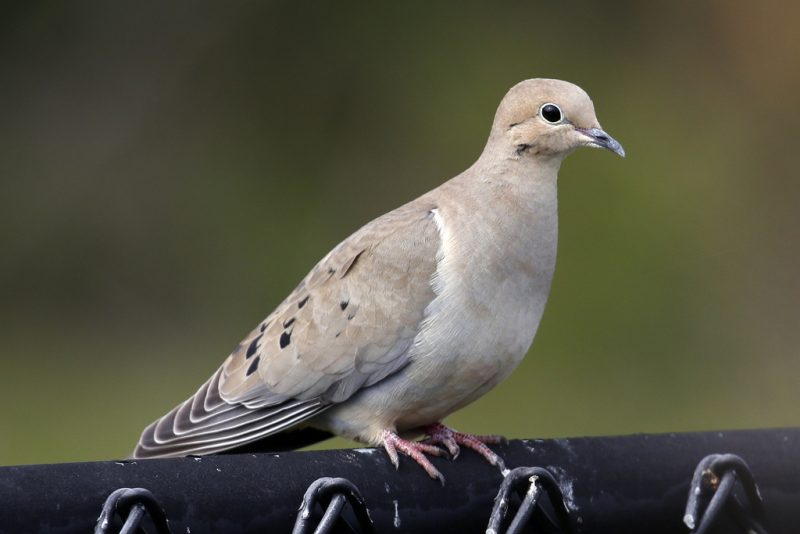
The Mourning Dove is a slender, graceful bird with soft grayish-brown plumage, black spots on the wings, and a long pointed tail with white edges. Its mournful cooing call is a familiar sound in Ohio’s neighborhoods.
These doves are medium-sized, measuring about 9–13 inches (23–33 cm) in length. They are ground feeders, often seen pecking at scattered seeds under feeders. Mourning Doves are strong fliers and can reach speeds of up to 55 mph, producing a distinctive whistling sound with their wings when taking off.
In Ohio, Mourning Doves are common year-round residents and are adaptable to various habitats, including backyards, farmlands, and city parks. They build flimsy nests in trees or shrubs and are frequent visitors to platform or ground feeders.
Downy Woodpecker (Dryobates pubescens)
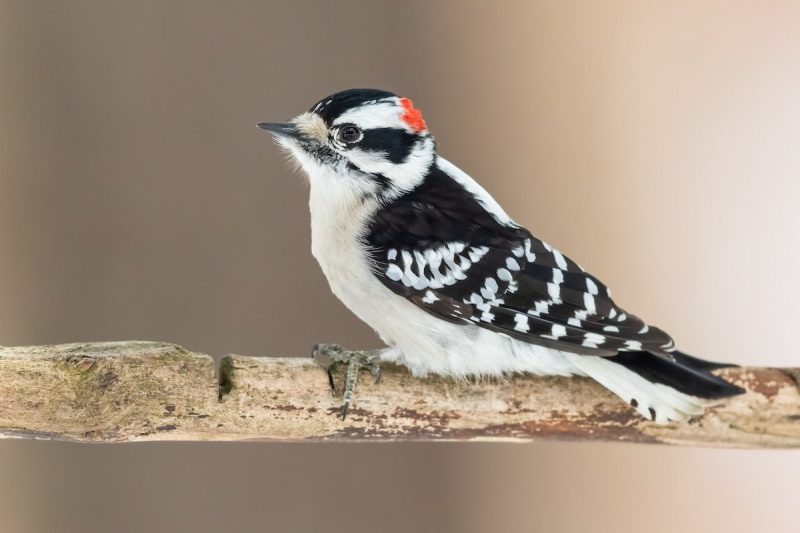
The Downy Woodpecker is the smallest woodpecker in North America, easily identified by its black-and-white checkered pattern and a short, stubby bill. Males have a small red patch on the back of the head, while females lack this marking.
It measures about 5.5–6.7 inches (14–17 cm) in length, making it slightly larger than a sparrow. Downy Woodpeckers are active and curious, often seen climbing tree trunks or visiting suet feeders. They tap on branches and stems to find insects hidden under the bark.
This species is a year-round resident in Ohio, commonly found in backyards, wooded areas, and city parks. It adapts well to suburban environments and is one of the most frequent woodpecker visitors to bird feeders.
Hairy Woodpecker (Dryobates villosus)
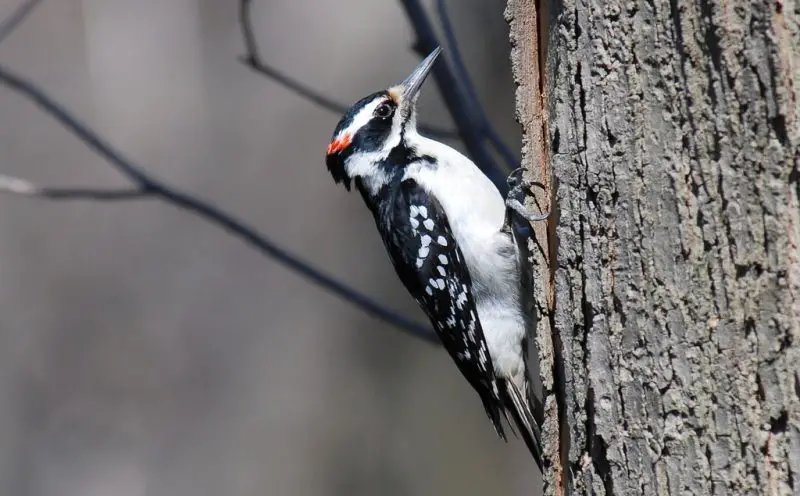
The Hairy Woodpecker closely resembles the Downy Woodpecker but is larger and has a longer, more chisel-like bill. It has black-and-white plumage with vertical white stripes on the back and white underparts. Males have a small red patch on the back of the head, while females lack it.
This species measures about 7–10 inches (18–25 cm) in length, making it almost twice the size of a Downy Woodpecker. Hairy Woodpeckers are strong foragers, often hammering on tree trunks to extract insects hidden under bark. They also visit suet feeders in suburban yards, especially in winter.
In Ohio, they are year-round residents and prefer mature forests, wooded parks, and backyards with large trees. Though less common than the Downy Woodpecker in residential areas, they still appear regularly where old trees are available.
Red-bellied Woodpecker (Melanerpes carolinus)
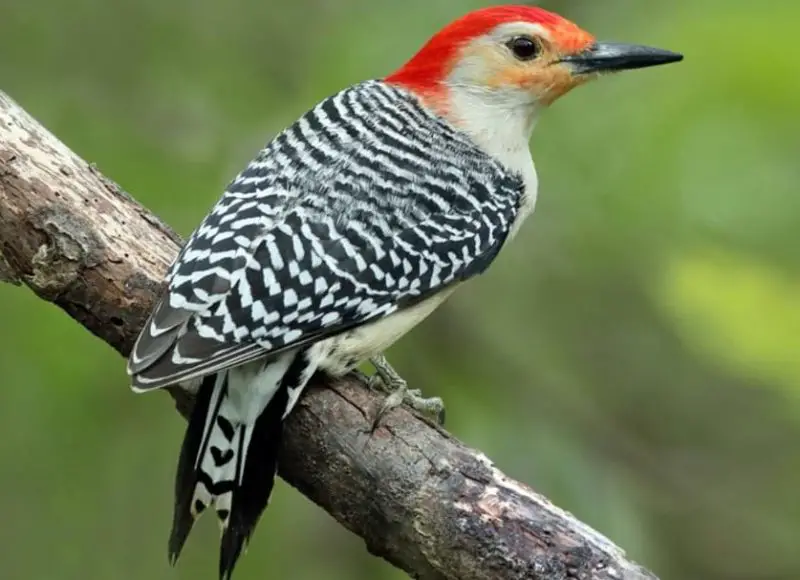
The Red-bellied Woodpecker is a medium-sized woodpecker with striking black-and-white barred wings and a pale belly with a faint reddish wash. Its most notable feature is the red cap and nape, which are brighter in males than in females.
It measures about 9–10.5 inches (23–27 cm) long and is a frequent visitor to suet and peanut feeders. These woodpeckers have a rolling “churr” call and are active foragers, climbing tree trunks and occasionally storing food in bark crevices.
Red-bellied Woodpeckers are common year-round in Ohio and thrive in suburban backyards, forest edges, and city parks. They prefer areas with mature trees for nesting and feeding.
Black-capped Chickadee (Poecile atricapillus)
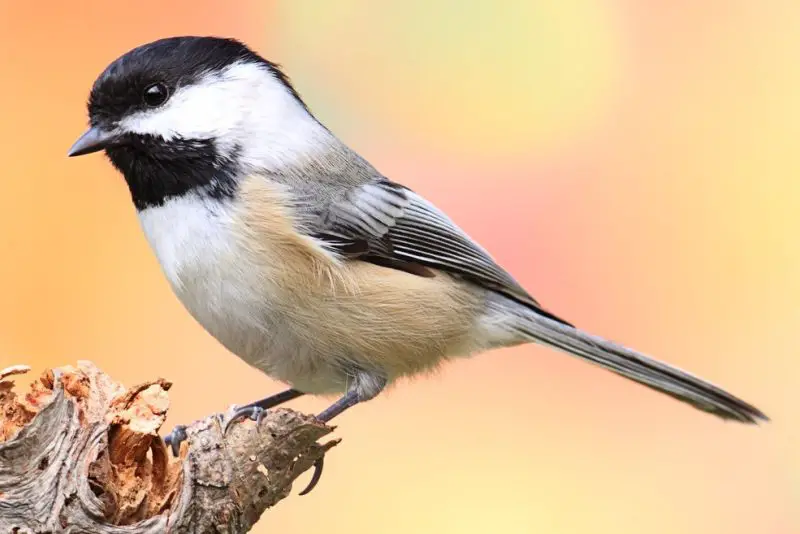
The Black-capped Chickadee is a small, friendly bird with a black cap and bib, white cheeks, and soft gray wings and back. Its cheerful “chick-a-dee-dee-dee” call makes it easy to identify, especially in northern Ohio.
This tiny bird measures about 4.7–5.9 inches (12–15 cm) in length. It is curious and often flits quickly between branches or visits feeders for sunflower seeds and suet. Black-capped Chickadees are known to cache food for later use, especially during winter.
In Ohio, they are more common in the northern half of the state, inhabiting woodlands, shrubby areas, and suburban yards. They are year-round residents and readily use nest boxes in backyards.
Carolina Chickadee (Poecile carolinensis)
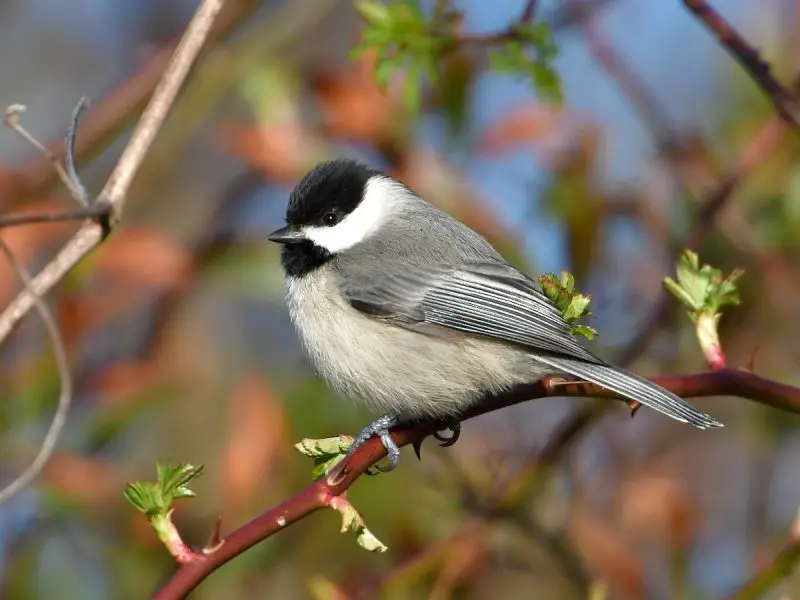
The Carolina Chickadee is very similar to the Black-capped Chickadee but slightly smaller and more common in southern Ohio. It has a black cap and throat, white cheeks, and grayish wings and back, with subtle differences best noted by its faster song.
It measures around 4.5 inches (11–12 cm) and frequently visits bird feeders for sunflower seeds, suet, and peanuts. Carolina Chickadees are quick, active foragers and often travel in small flocks during fall and winter.
This species is a year-round resident in southern Ohio, thriving in woodlands, parks, and suburban areas. Like its northern cousin, it also uses nest boxes when provided.
Tufted Titmouse (Baeolophus bicolor)
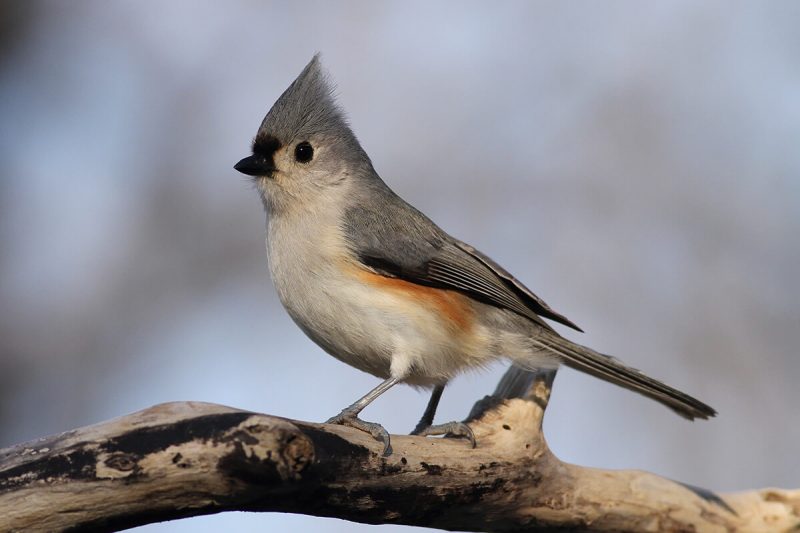
The Tufted Titmouse is a small songbird with soft gray plumage, a white underside, and a distinct gray crest. It has a black forehead patch and large dark eyes, giving it a curious expression.
Measuring about 5.5–6.3 inches (14–16 cm), this species is an energetic feeder visitor, favoring sunflower seeds, peanuts, and suet. It often takes seeds and stores them in bark crevices for later consumption. Its whistled “peter-peter-peter” song is a familiar backyard sound.
Tufted Titmice are common year-round residents across Ohio, found in woodlands, parks, and residential neighborhoods with mature trees. They frequently travel in mixed flocks with chickadees and nuthatches in winter.
White-breasted Nuthatch (Sitta carolinensis)
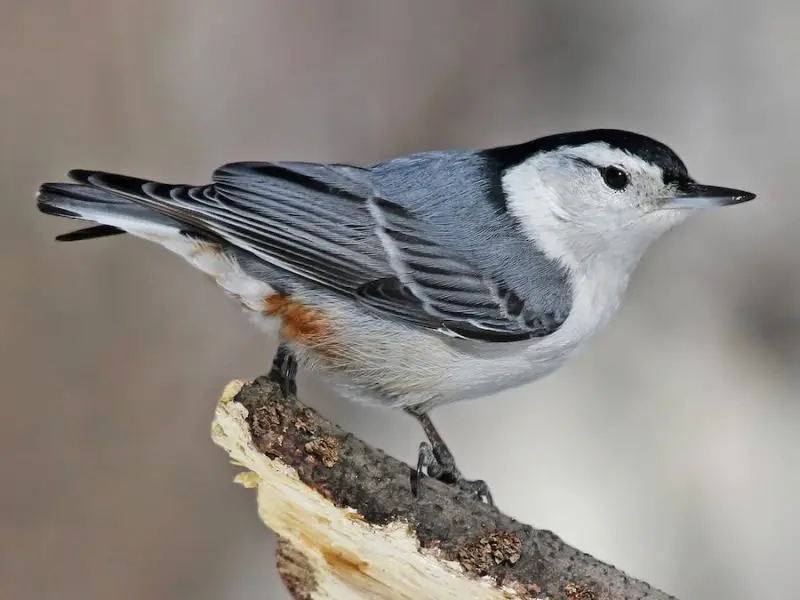
The White-breasted Nuthatch is a compact bird with a white face and chest, blue-gray back, and a black or dark gray cap. Its long, pointed bill and habit of creeping headfirst down tree trunks make it easy to identify.
It measures about 5–6 inches (13–15 cm) in length and is a frequent visitor to suet and sunflower seed feeders. White-breasted Nuthatches often wedge seeds into bark crevices to crack them open and store food for winter.
This species is a year-round resident throughout Ohio, commonly seen in mature woodlands, suburban yards, and parks with large trees. It often forages alongside chickadees and titmice during winter months.
American Goldfinch (Spinus tristis)
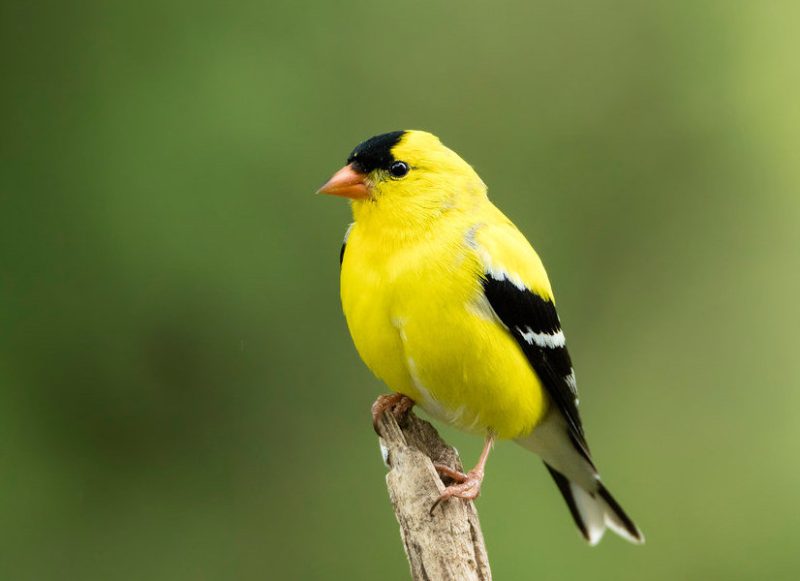
The American Goldfinch is a small, vibrant bird well-known for its bright yellow summer plumage in males and softer olive-yellow tones in females. In winter, both sexes molt into duller brownish feathers, making them less conspicuous.
This finch measures around 4.3–5.1 inches (11–13 cm) and prefers feeders filled with nyjer (thistle) or sunflower seeds. American Goldfinches are active, acrobatic feeders often seen clinging to seed heads or hanging upside down while eating.
In Ohio, they are common year-round residents, frequenting open fields, gardens, and backyards. They breed later than most songbirds, nesting in mid to late summer when thistle and milkweed seeds are abundant.
House Finch (Haemorhous mexicanus)
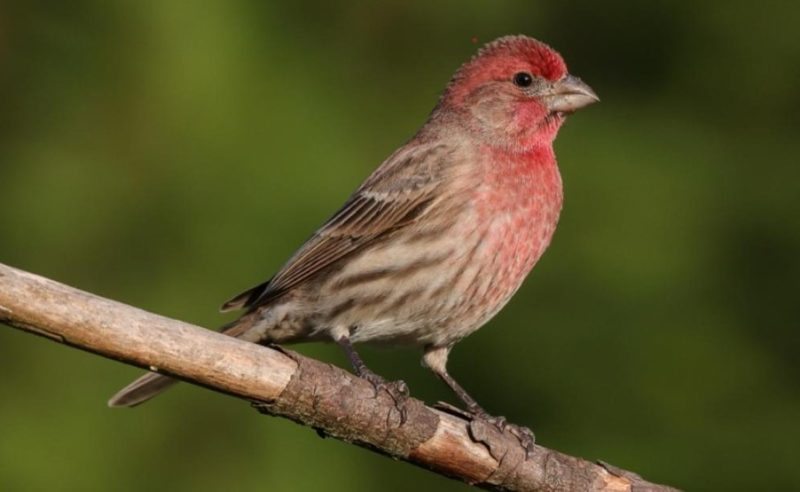
The House Finch is a small brownish bird with streaked underparts. Males display reddish coloring on the head, throat, and chest, while females are more uniformly brown and streaked. Their cheerful, warbling song is common in suburban areas.
House Finches are about 5–6 inches (13–15 cm) long and often gather in small flocks at feeders, especially those offering sunflower seeds. They are social and can be quite tame around people, making them frequent backyard visitors.
This species is a year-round resident in Ohio, thriving in urban and suburban habitats, parks, and residential gardens. They often nest on building ledges or hanging planters.
Purple Finch (Haemorhous purpureus)
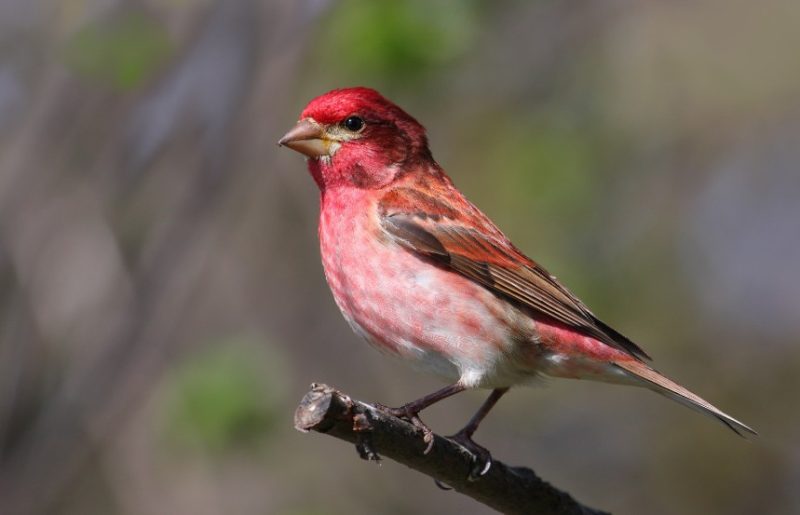
The Purple Finch resembles the House Finch but has a more raspberry-red coloration that covers the head, chest, and back in males. Females have brown streaks and a distinct white eyebrow line.
Measuring around 5.5–6.3 inches (14–16 cm), Purple Finches are occasional visitors to backyard feeders, preferring sunflower seeds. They are more common in rural or wooded areas than in urban neighborhoods.
In Ohio, they are irregular winter visitors, with numbers varying each year depending on food availability in northern forests. They are most frequently seen during late fall and winter at feeders.
Dark-eyed Junco (Junco hyemalis)
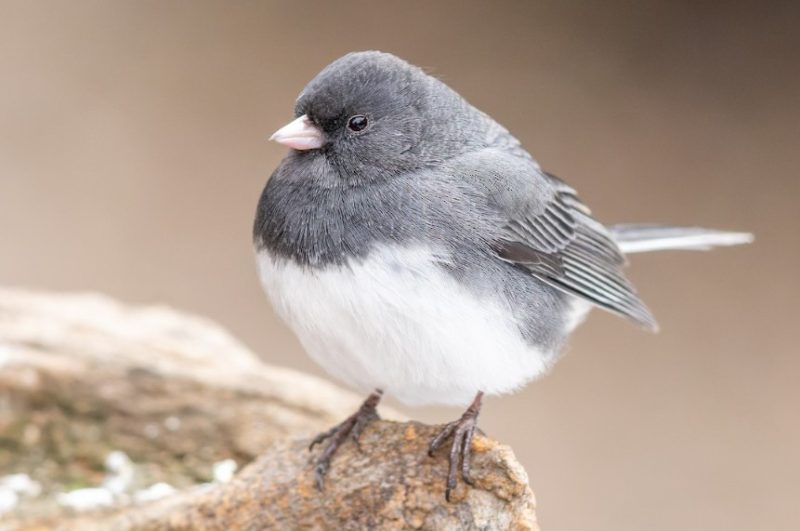
The Dark-eyed Junco is a small sparrow-like bird with slate-gray upperparts, a white belly, and a distinct pink bill. Its white outer tail feathers are visible in flight, aiding identification.
It measures about 5–6.5 inches (13–16 cm) long and is primarily a ground feeder, scratching through leaf litter or snow for seeds. Juncos are especially common around feeders during winter, feeding on millet or mixed seeds scattered on the ground.
In Ohio, they are winter visitors, arriving in large numbers from northern breeding grounds. They favor wooded edges, parks, and backyards, disappearing northward again in early spring.
Song Sparrow (Melospiza melodia)
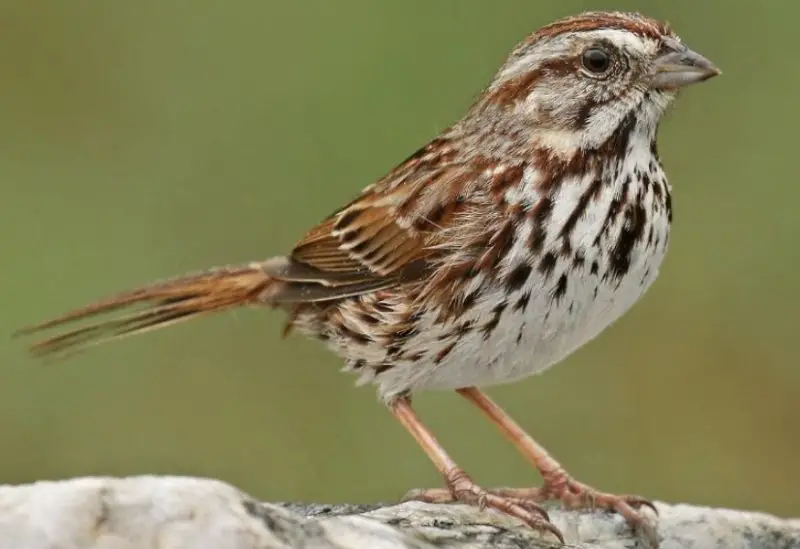
The Song Sparrow is a medium-sized sparrow with streaked brown plumage, a rounded tail, and a distinctive dark spot in the center of its streaked chest. Its melodious and varied song makes it one of the easiest sparrows to recognize by sound.
It measures around 5–7 inches (12–18 cm) in length and is often seen hopping on the ground or low shrubs searching for seeds and insects. Song Sparrows readily visit backyard feeders, especially where millet and mixed seeds are offered.
In Ohio, they are common year-round residents, inhabiting gardens, hedgerows, and brushy fields. They are especially abundant in spring and summer, often perching on fences or shrubs to sing.
Chipping Sparrow (Spizella passerina)
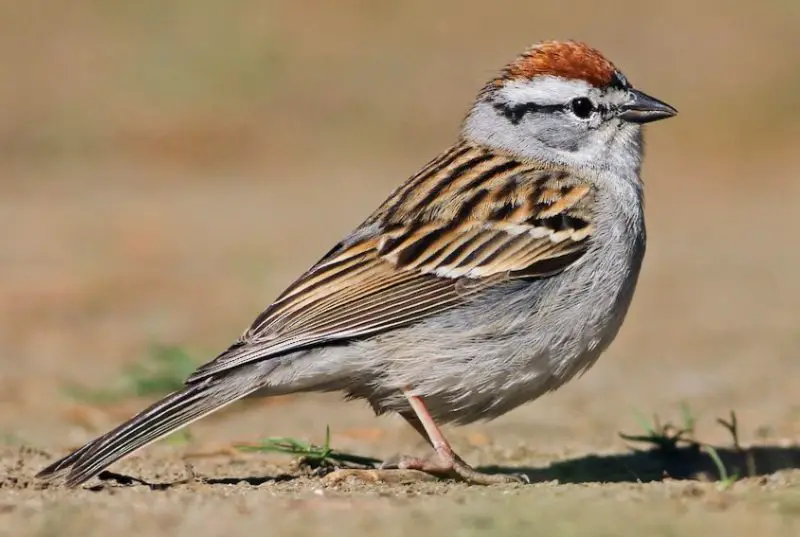
The Chipping Sparrow is a small, slender sparrow with a bright rufous crown, a black eye line, and a clear gray chest. In winter, the crown becomes duller, making it slightly harder to identify.
This species measures about 4.7–5.9 inches (12–15 cm) long and is frequently seen in flocks foraging for seeds on the ground. Chipping Sparrows are regular visitors to feeders offering millet or cracked corn.
In Ohio, they are mainly summer residents, arriving in spring to breed and leaving in fall. They favor open woodlands, suburban yards, and grassy areas with scattered trees.
White-throated Sparrow (Zonotrichia albicollis)
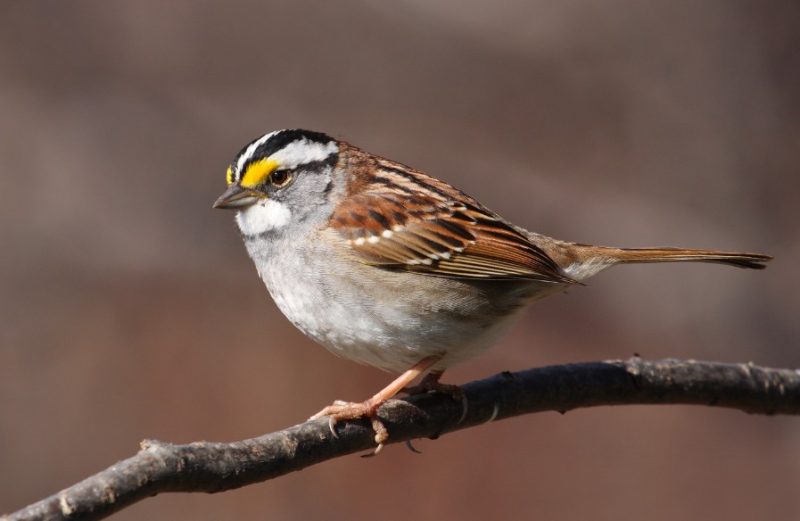
The White-throated Sparrow is easy to recognize by its bright white throat patch, black-and-white striped head, and yellow spots near the eyes. Some individuals have a tan-striped variant, which is more subtle in color.
It measures about 6–7 inches (15–18 cm) and feeds mostly on the ground, scratching through leaf litter for seeds. These sparrows visit backyard feeders in winter, preferring millet and mixed seed blends scattered on trays or the ground.
In Ohio, White-throated Sparrows are common winter visitors and during migration seasons. They are most often found in brushy gardens, wooded edges, and suburban yards with dense shrubs.
House Sparrow (Passer domesticus)
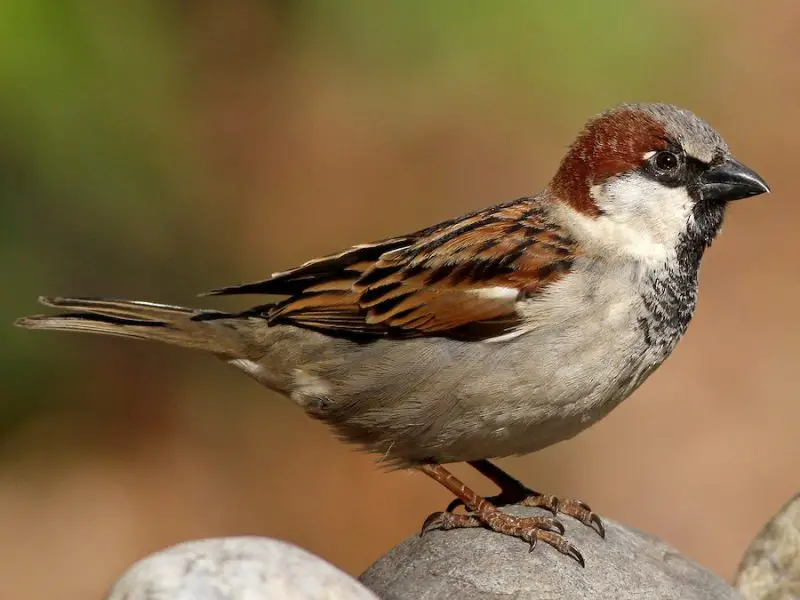
The House Sparrow is a stocky, non-native bird with brown and gray plumage. Males have a gray crown, black bib, and chestnut nape, while females are plain brown with streaked backs.
This species is about 5.9–6.7 inches (15–17 cm) long and is highly social, often found in noisy flocks. House Sparrows frequently visit feeders for cracked corn, millet, and breadcrumbs, sometimes outcompeting native birds.
In Ohio, they are abundant year-round, thriving in urban and suburban environments. They often nest in building crevices, under roof eaves, or in hanging planters.
European Starling (Sturnus vulgaris)
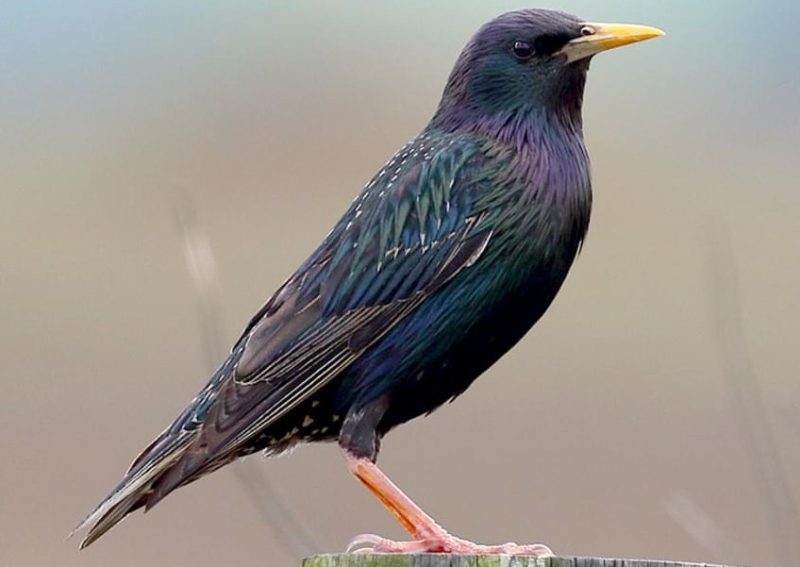
The European Starling is a glossy black bird with iridescent green and purple tones and white speckles in winter. Its long yellow bill is prominent during the breeding season.
Measuring about 7.5–9 inches (19–23 cm), Starlings are aggressive feeder visitors and often arrive in large flocks. They eat suet, grains, and insects and are known for their mimicry of other bird songs.
In Ohio, European Starlings are year-round residents, common in urban, suburban, and agricultural areas. They nest in cavities, often taking over sites used by native species.
Common Grackle (Quiscalus quiscula)
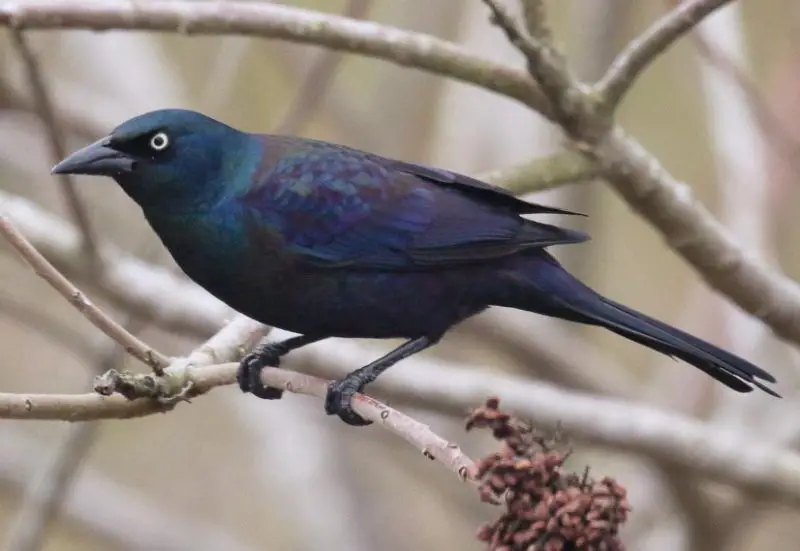
The Common Grackle is a large blackbird with iridescent purple, blue, and green feathers that shimmer in the sunlight. It has a long tail, yellow eyes, and a sturdy, pointed bill.
Measuring about 11–13 inches (28–33 cm), Common Grackles are often seen in noisy flocks, especially around bird feeders where they eat seeds, grains, and small insects. They can be aggressive and sometimes dominate smaller birds at feeding sites.
In Ohio, they are common year-round residents, frequenting open woodlands, fields, suburban yards, and city parks. Their adaptability allows them to thrive in both rural and urban environments.
Brown-headed Cowbird (Molothrus ater)

The Brown-headed Cowbird is a medium-sized blackbird with a glossy black body and a distinctive chocolate-brown head. Females are duller brown overall with streaked underparts.
This species measures about 7.5–9.1 inches (19–23 cm) long and is known for its brood parasitism, laying eggs in the nests of other bird species. Cowbirds often forage on the ground in flocks, eating seeds and insects.
In Ohio, Brown-headed Cowbirds are widespread year-round and commonly found in open habitats, including pastures, fields, and suburban areas. Their presence can sometimes negatively impact populations of smaller songbirds.
Northern Mockingbird (Mimus polyglottos)
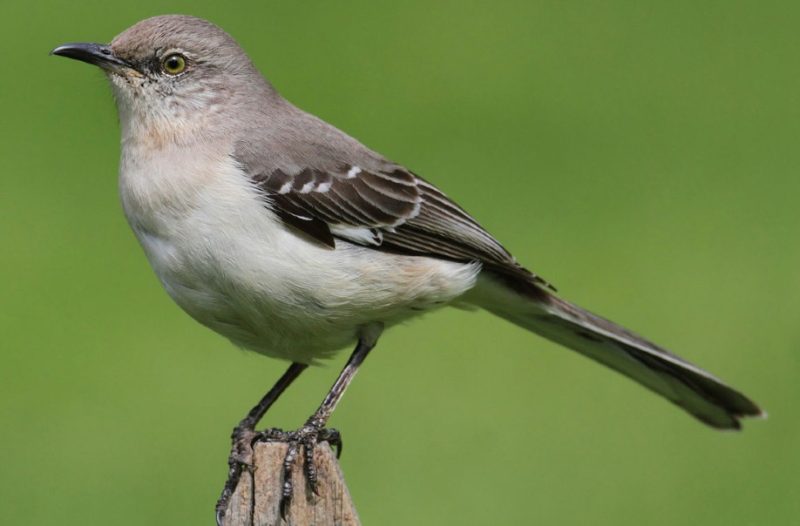
The Northern Mockingbird is a medium-sized gray bird with a long tail and white patches on the wings visible during flight. It is famous for its ability to mimic the songs of other birds and even mechanical sounds.
It measures about 9–11 inches (23–28 cm) in length and is often seen perched prominently on shrubs, fences, or telephone wires, singing loudly especially during breeding season. Mockingbirds feed on insects, berries, and fruits.
In Ohio, Northern Mockingbirds are year-round residents, favoring open woodlands, suburban gardens, and parks. They are territorial and defend their nesting area vigorously.
Eastern Bluebird (Sialia sialis)
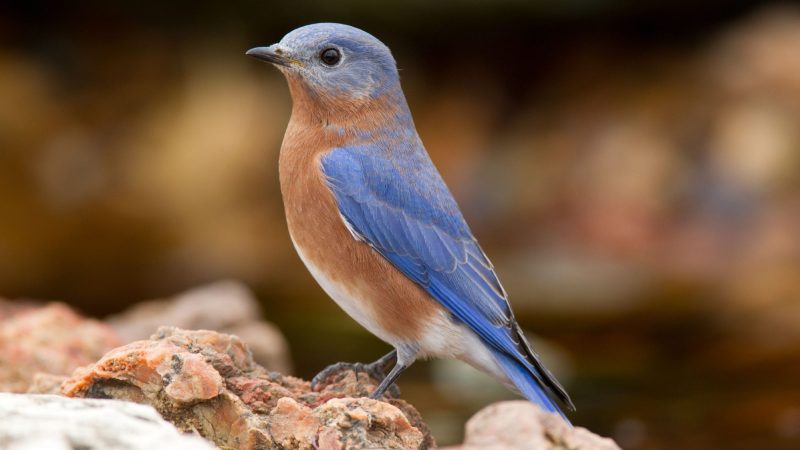
The Eastern Bluebird is a small thrush with bright blue upperparts and a rusty-orange chest. Females have duller blue-gray coloring but still show the distinctive orange breast.
Measuring about 6.5–8 inches (16–20 cm), these birds prefer open areas with scattered trees and nest boxes. They mainly eat insects and berries and are a favorite of backyard bird watchers.
In Ohio, Eastern Bluebirds are common during spring and summer, nesting in parks, fields, and suburban yards. They benefit greatly from nest boxes, which help boost their population.
Baltimore Oriole (Icterus galbula)
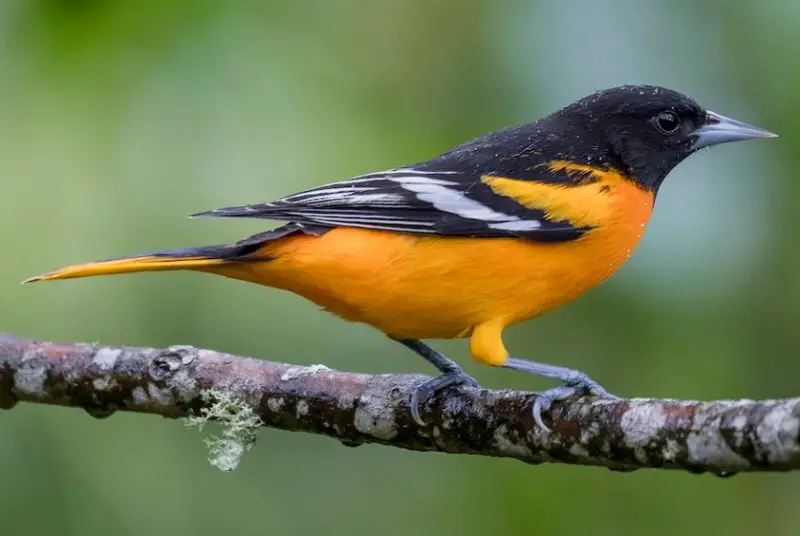
The Baltimore Oriole is a striking bird with bright orange and black plumage in males, while females show more muted yellow-orange tones. They have a slender build and a sharp pointed bill.
It measures about 7–8 inches (18–21 cm) long and is often attracted to backyard feeders with nectar, orange halves, or jelly. Orioles feed on insects, fruits, and nectar, and have a sweet, flute-like song.
Baltimore Orioles are migratory visitors in Ohio during spring and summer, commonly found in open woodlands, parks, and suburban areas. Their presence is a sure sign of warmer weather.
Orchard Oriole (Icterus spurius)
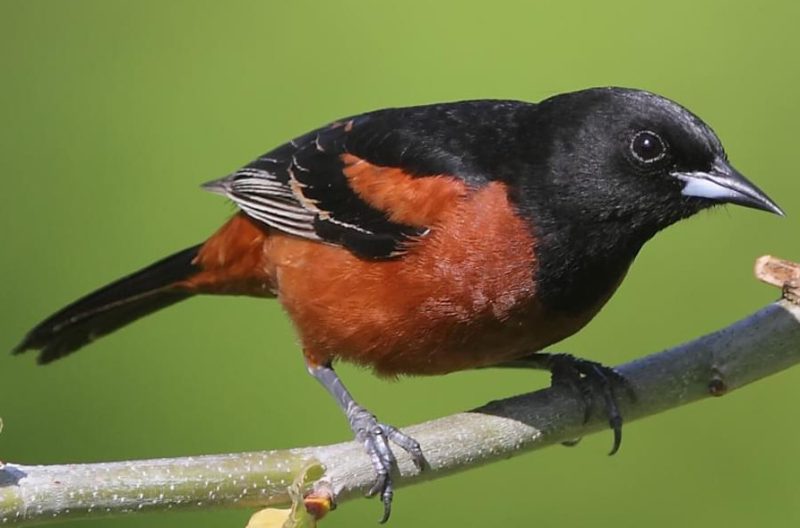
The Orchard Oriole is smaller than its Baltimore cousin, with males displaying a rich chestnut-colored body and glossy black head and wings. Females are olive-green with lighter underparts, making them more subtle in appearance.
Measuring about 6.5 inches (16.5 cm) long, Orchard Orioles prefer open woodlands, orchards, and suburban areas. They feed on insects, fruit, and nectar and are known to visit feeders offering fruit slices or sugar water.
In Ohio, Orchard Orioles are migratory, typically arriving in late spring and leaving by early fall. They favor habitats with scattered trees and shrubs for nesting and foraging.
Ruby-throated Hummingbird (Archilochus colubris)
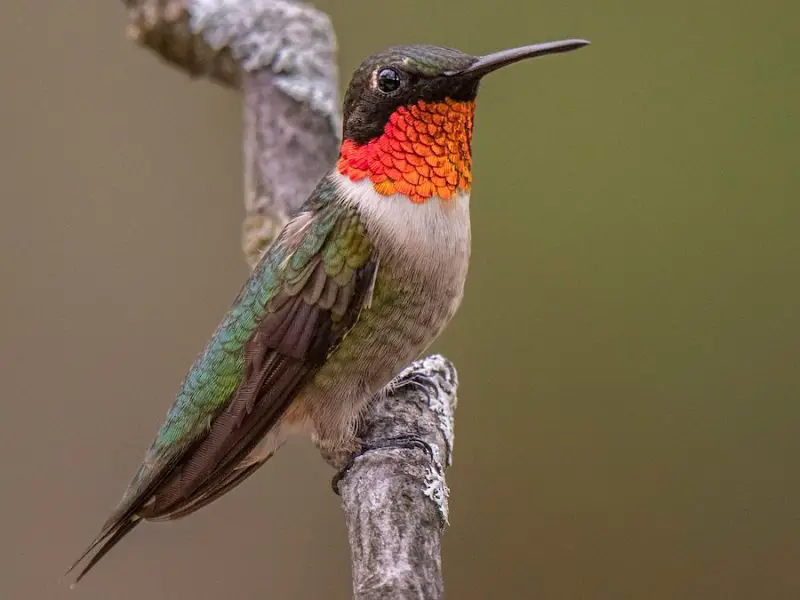
The Ruby-throated Hummingbird is a tiny bird known for its iridescent emerald green back and shimmering ruby-red throat patch in males. Females lack the red throat and have a whitish chest and belly.
Measuring only about 3 inches (7.5 cm) long, these hummingbirds feed primarily on nectar from flowers and feeders. Their rapid wing beats create a distinctive humming sound, and they are highly territorial around feeding sites.
Ruby-throated Hummingbirds migrate through Ohio in spring and summer, commonly found in gardens, woodlands, and suburban yards. They play a vital role in pollination and are a favorite among backyard bird enthusiasts.
Indigo Bunting (Passerina cyanea)
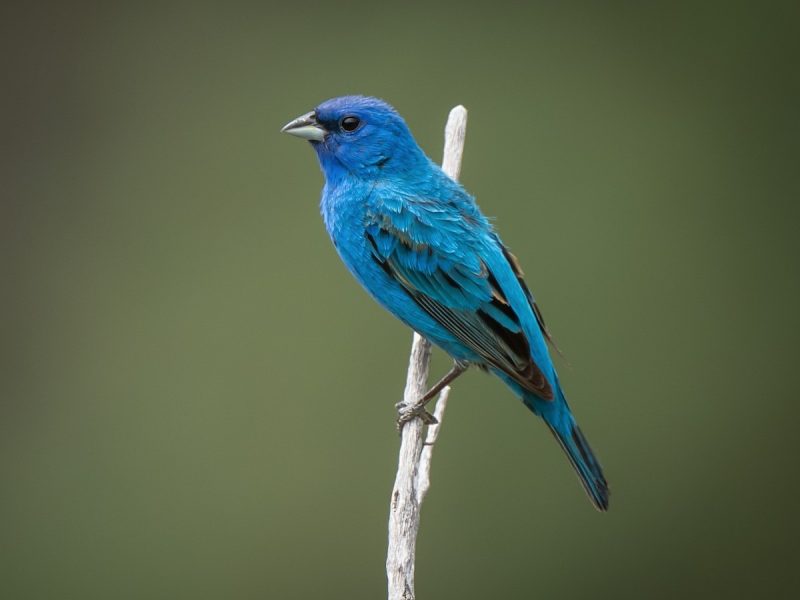
The male Indigo Bunting is striking with its vivid, cobalt-blue plumage all over, while females are brownish with faint streaks and a hint of blue on the wings and tail.
This small bird measures about 4.5 inches (11.5 cm) in length and feeds mainly on seeds and insects. Indigo Buntings are often seen perched on fence posts or shrubs, singing a cheerful and varied song.
In Ohio, Indigo Buntings are summer migrants, arriving in late spring to breed in brushy fields, woodland edges, and suburban gardens. They depart by early fall for warmer southern climates.
Rose-breasted Grosbeak (Pheucticus ludovicianus)
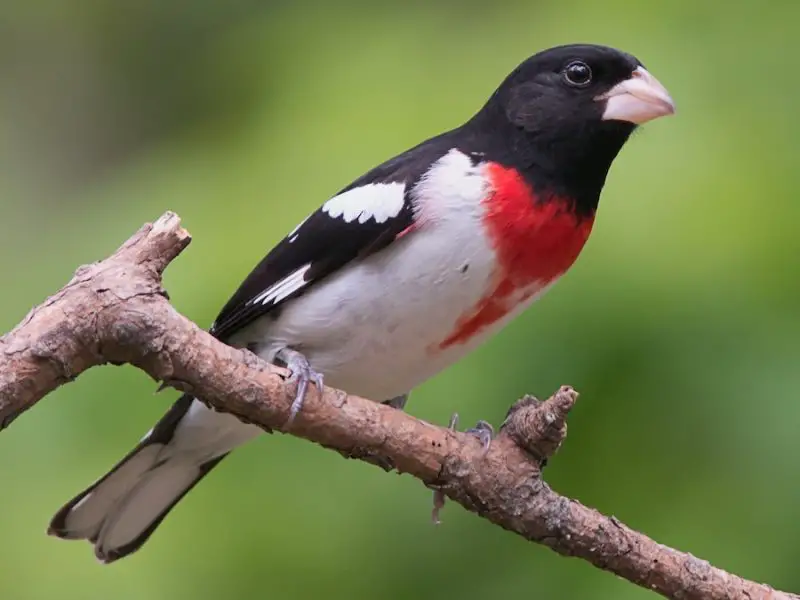
The Rose-breasted Grosbeak male is easily recognized by its black head and back, white underparts, and large triangular red patch on the breast. Females are streaked brown and white, resembling large sparrows.
This bird measures about 8.7 inches (22 cm) long and feeds on insects, seeds, and fruit. It often visits feeders for sunflower seeds and suet, especially during migration.
Rose-breasted Grosbeaks are migratory in Ohio, arriving in spring and staying through summer in wooded areas, parks, and suburban neighborhoods. Their melodious song is a welcome sound during the breeding season.
Cedar Waxwing (Bombycilla cedrorum)
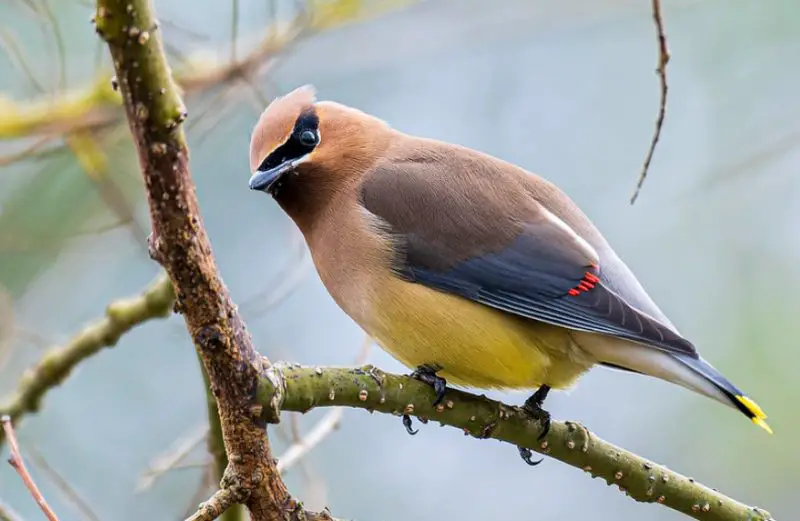
The Cedar Waxwing is a sleek, silky bird with a pale brown head and chest, soft gray wings, a yellow belly, and distinctive red waxy tips on the secondary wing feathers. It has a black mask outlined in white across the eyes.
Measuring about 6–7 inches (15–18 cm), Cedar Waxwings feed mostly on fruit and berries but will also catch insects in flight. They are highly social and often seen in flocks moving quickly through trees.
In Ohio, Cedar Waxwings are common in summer and during migration, frequenting orchards, parks, and backyard trees laden with berries. Their nomadic nature means they can appear suddenly in large numbers.
FAQs about Backyard Birds in Ohio
What are the most common backyard birds in Ohio?
Common backyard birds include Northern Cardinal, American Robin, Blue Jay, Mourning Dove, and Downy Woodpecker, among others.
When do migratory backyard birds arrive in Ohio?
Many migratory birds, such as Baltimore Orioles and Ruby-throated Hummingbirds, arrive in late spring and stay through summer.
What should I feed backyard birds in Ohio?
Popular foods include sunflower seeds, nyjer (thistle), suet, peanuts, and fruit slices like oranges.
Are there year-round resident backyard birds in Ohio?
Yes, birds like the Northern Cardinal, Blue Jay, Mourning Dove, and Chickadees are residents all year.
How can I attract more birds to my Ohio backyard?
Provide a variety of feeders, native plants, water sources, and shelter such as shrubs or nest boxes.


